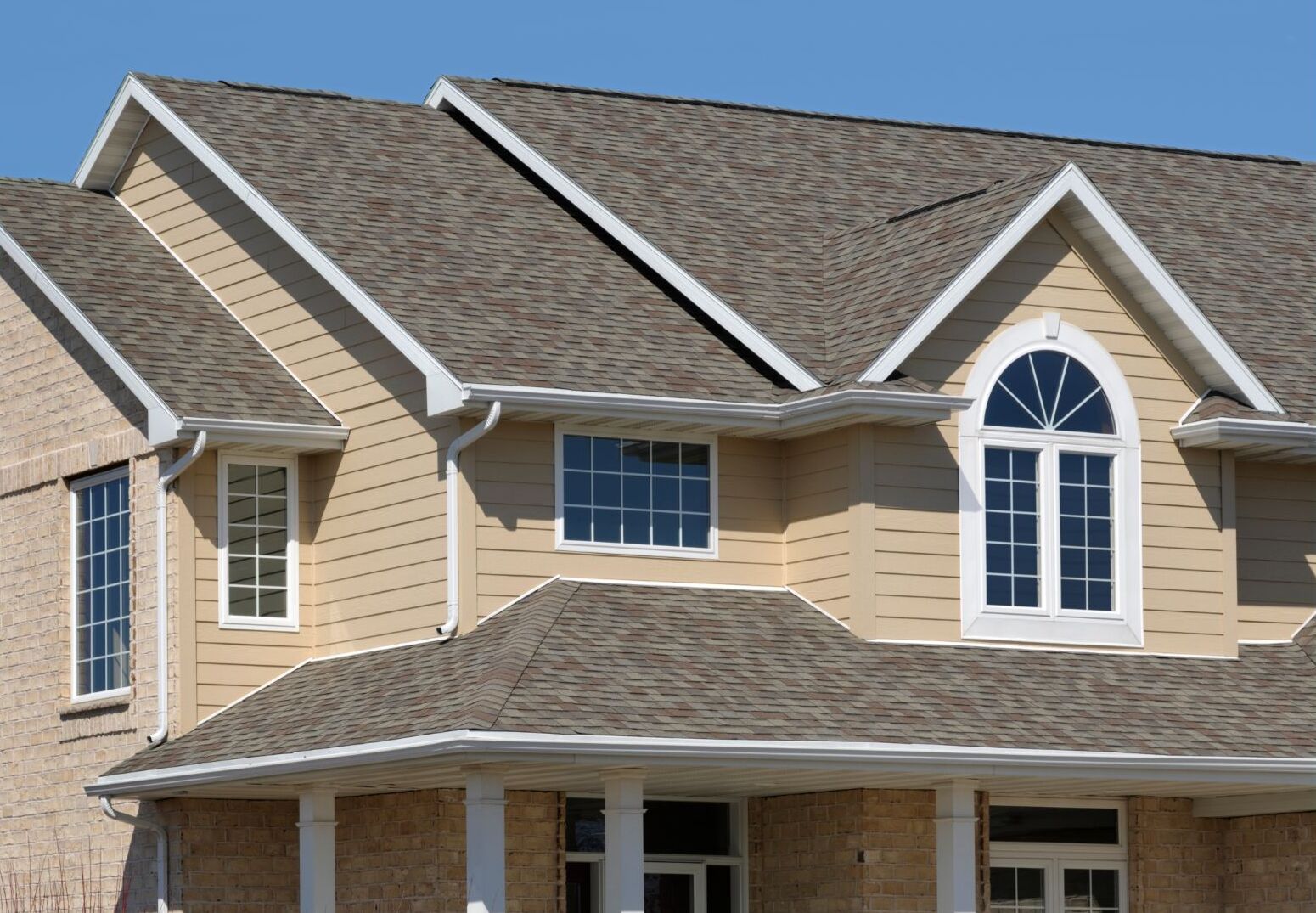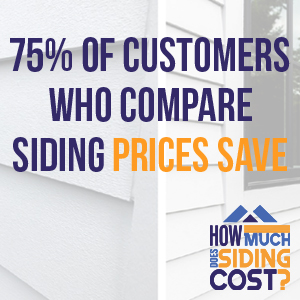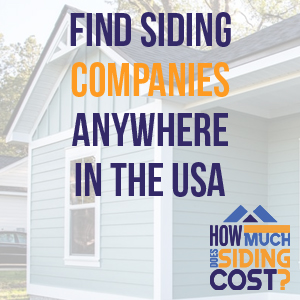
Pros and Cons of Vinyl Siding
Unraveling Vinyl Siding: The Pros and Cons
Vinyl siding is a prevalent choice among homeowners when it comes to exterior cladding, valued for its low cost, versatility, and ease of maintenance. However, like any material, vinyl siding has its strengths and weaknesses. Understanding these pros and cons can empower you to make the best decision for your home or project.
The Pros of Vinyl Siding
1. Cost-Effectiveness
The initial investment in vinyl siding is relatively low compared to other siding options, such as wood or brick. Its economical nature, along with minimal maintenance costs, makes it an attractive choice for budget-conscious homeowners.

2. Easy Maintenance
One of the greatest advantages of vinyl siding is its ease of maintenance. Vinyl requires only occasional cleaning with a mild soap and water solution, typically using a soft brush or power washer. It does not need to be painted or sealed, reducing the cost and time involved in upkeep.
3. Variety of Styles and Colors
The design possibilities with vinyl siding are vast. It comes in a multitude of colors, textures, and styles, including options that mimic other materials like wood or stone. This range of choices allows homeowners to achieve the aesthetic they desire without sacrificing cost or maintenance considerations.
4. Durability
Vinyl siding is designed to withstand various elements, including wind, heat, and cold. It resists pests like termites and won’t rot or rust over time. High-quality vinyl siding can last up to 60 years with proper care and maintenance.
5. Energy Efficiency
Insulated vinyl siding can improve a home’s energy efficiency by reducing thermal bridging, which is the process of heat transfer through the walls. This means your home stays warmer in the winter and cooler in the summer, potentially reducing energy bills.
The Cons of Vinyl Siding
While vinyl siding offers many benefits, it’s crucial to consider its downsides to make a well-informed decision.
1. Vulnerability to Extreme Weather Conditions
Although vinyl siding is durable, it can be susceptible to extreme weather conditions. Hail or wind-borne debris can crack or puncture the siding. Likewise, it can warp or buckle under extreme heat if not properly installed.
2. Color Fading and Difficult Color Changes
Over time, sunlight and weather conditions can lead to fading of the vinyl siding’s color. And while vinyl siding is available in a wide array of colors, once you choose a color, changing it isn’t straightforward. It’s generally not recommended to paint vinyl siding because the paint can crack and peel over time, leading to an undesirable appearance.
3. Environmental Concerns
Vinyl siding is made from polyvinic chloride (PVC), a type of plastic that is not easily recyclable. Moreover, the production process of PVC releases harmful toxins, making vinyl siding less environmentally friendly compared to other siding options like wood or fiber cement.
4. Lower Resale Value
While vinyl siding is an affordable and practical choice, it may not significantly increase the resale value of your home. Buyers often perceive it as a lower-quality material compared to options like brick or natural stone.

5. Water Damage Risks
If improperly installed, vinyl siding can allow water to seep behind the panels, causing damage to the structure of the home. It’s essential to ensure that installation is done correctly to avoid this potential issue.
Vinyl siding offers a cost-effective, low-maintenance, and versatile solution for your home’s exterior. However, it’s important to consider its potential vulnerabilities and environmental impact. Each home is unique, and what works best for one may not be ideal for another. To make the right decision, balance these pros and cons with your specific needs, preferences, and budget.
Understanding the Costs of Vinyl Siding
When considering a new siding for your home, one of the foremost considerations is cost. Vinyl siding is often favored by homeowners for its affordability. However, the cost can vary significantly depending on several factors, including the quality of the siding, the size of your house, labor costs, and your geographic location.
1. Material Costs
The price of vinyl siding itself can range from $1 to $8 per square foot, depending on the quality and style. Lower-end vinyl siding tends to be thinner and less durable, while higher-end options are thicker, offer greater durability, and often come with a more realistic wood-like appearance.
Insulated vinyl siding, which includes a layer of foam insulation for added energy efficiency, generally costs more than non-insulated options. You can expect to pay between $4 and $12 per square foot for this type of siding.
2. Installation Costs
Installation is a significant part of the total cost of vinyl siding. Labor costs can range from $1 to $3 per square foot, depending on the complexity of the job and the local labor rates in your area. However, these costs can increase if your house has many corners, multiple stories, or if old siding needs to be removed before the new siding is installed.
3. Additional Costs
Certain additional costs may also apply to your project. For example, if you need to remove and dispose of old siding, this can add an extra $1 to $2 per square foot to the total cost. There may also be costs for additional materials such as house wrap or insulation, or for preparing the surface before the siding is installed.
4. Total Project Costs
Given these factors, the total cost of vinyl siding for a typical 2,000-square-foot home can range from $6,000 to $15,000 or more. The lower end of this range would apply to a straightforward project using basic vinyl siding, while the higher end would involve premium materials, complex installation, and the removal of old siding.
It’s essential to remember that while vinyl siding can be a cost-effective choice, it’s worth investing in high-quality material and professional installation to ensure your siding is durable and long-lasting. Remember, like any home improvement project, quality should never be sacrificed for the sake of saving money.
Lastly, it’s always wise to get multiple quotes from different contractors and suppliers before making a final decision. Ensure each quote includes all costs, including materials, labor, and any additional expenses, so you can make an accurate comparison.
The Step-by-Step Process of Installing Vinyl Siding
Installing vinyl siding involves careful preparation and attention to detail. Professional installation is often recommended to ensure a high-quality, long-lasting result. Here’s a look at the process involved in installing vinyl siding:
1. Preparation
Before starting the installation process, the existing surface must be prepared. This involves removing any old siding and repairing any damage to the underlying structure. A layer of house wrap or foam insulation board is typically applied to the exterior sheathing for added insulation and to create a flat, even surface for the siding.

2. Installation of Starter Strips and Corner Posts
The first step in installing the siding is to apply the starter strips along the bottom of the walls, which will secure the first row of siding panels. Corner posts are then installed, ensuring they are plumb and level.
3. Installation of J-Channel Around Windows and Doors
J-channel strips are installed around windows and doors to secure the ends of the siding. These channels allow for the expansion and contraction of the vinyl siding with temperature changes, helping to prevent warping or buckling.
4. Installation of Siding Panels
Beginning at the bottom and working upwards, the siding panels are then installed. The panels are designed to overlap slightly, which helps to keep out moisture and wind. Each panel hooks onto the one below it and is then nailed in place, but not too tightly, allowing room for expansion and contraction.
5. Cutting and Fitting Siding
Siding panels need to be cut and fitted around obstacles like windows, doors, and fixtures. This requires careful measurement and precise cutting. Always remember to leave a small gap for expansion.
6. Installation of Top Row and Finishing Touches
The top row of siding may need to be cut to fit. Once this is done, finish trim or ‘undersill’ trim is installed under windows and at the eaves to secure the top row of siding. Once all the siding is in place, a walkthrough is done to ensure everything is secure and properly installed.
7. Clean Up
After installation, it’s important to clean up any excess material or debris, as these can affect the performance and appearance of the siding over time.
Remember, while vinyl siding installation can be a DIY project, it requires skill, patience, and the correct tools. If not properly installed, vinyl siding can be prone to problems like warping, buckling, or even water damage. Therefore, unless you are confident in your abilities, it is often best to hire a professional.
Vinyl Siding can be a great investment for homeowners while it can increase the value of the home it will also help the curb appeal of the house. It is still important for homeowners to weigh their options for siding and decide what is going to be the best option for them.
